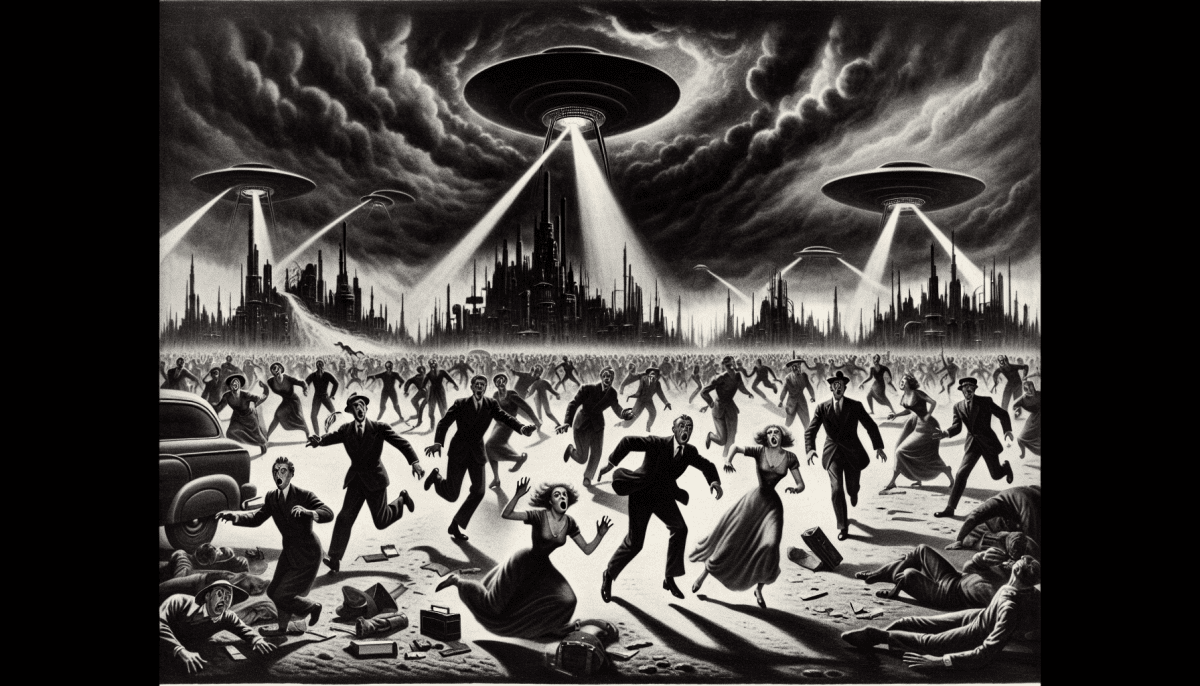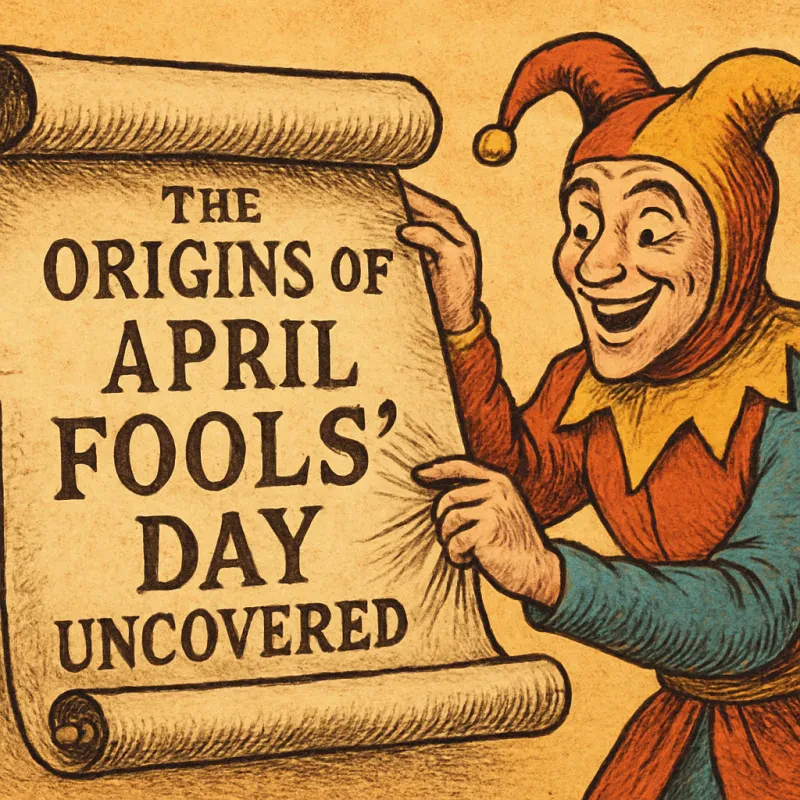It all began on a seemingly ordinary night in October 1938. Radio waves danced through the air as millions of Americans tuned in to listen to their favorite programs. But what they didn't expect was to stumble upon an adaptation of H.G. Wells' “The War of the Worlds.” Orson Welles and his troupe from the Mercury Theatre took listeners on a wild ride, turning a classic sci-fi novel into a gripping radio drama.
As the play unfolded, the sound of sirens blaring and news reports of Martians landing in New Jersey sent shockwaves through countless homes. Many people were caught off guard, believing the dramatic events were actually happening. Those who tuned in late missed the initial announcement stating it was a fictional story, making it all the more terrifying. The spooky sound effects only added to the chaos, drawing in listeners who were already on edge.
Imagine being in your living room, hearing about an alien invasion while the world outside remained blissfully unaware. Confusion and fear spread like wildfire. Some folks packed their bags and rushed to escape, while others reached out to loved ones to share their panic. It was a night marked by hysteria, and the power of radio had never felt more real.
The aftermath was a media frenzy. News outlets were quick to cover the fallout from that fateful broadcast. Many hailed it as a textbook example of what can happen when fear takes hold of the public. Some called for stricter regulations on radio programming, while others praised Welles for his theatrical genius. It was a cultural moment that raised questions about trust in media, and the impact it can have on people’s emotions.
Reactions Across America
The night of October 30, 1938, was like any other for most Americans, until Orson Welles and his crew rocked the airwaves with their radio adaptation of H.G. Wells’ "War of the Worlds." What started as a thrilling performance quickly spiraled into chaos. Many listeners, caught up in the realistic news bulletins, truly believed that Martians were invading! Panic spread like wildfire across the nation.
In cities and small towns alike, people reacted in all sorts of ways. Some were terrified, barricading their doors and frantically searching for loved ones. Others simply didn’t know what to believe, flipping between stations to confirm the alarming news. We can only imagine the shock of hearing about a Martian invasion just before heading to bed!
In the aftermath, the media had a field day. Reports poured in about the sheer panic: crowds gathering in the streets, some people fleeing their homes, and even police being overwhelmed with calls. It was a unique moment that showed just how powerful radio could be in shaping public perception and fear. This was more than just a performance; it was a glimpse into the human psyche when faced with the unknown.
Interestingly, many people were quick to blame the radio station and Orson Welles himself. Critics argued that the show was too realistic. But on the flip side, some listeners felt it was just a fun Halloween prank. Regardless of how they felt, the event sparked conversations about media responsibility, freedom of speech, and how we consume information. It was a case study in the power of storytelling, whether for entertainment or something much scarier.
The Impact on Radio Broadcasts
When Orson Welles aired his infamous adaptation of H.G. Wells' "The War of the Worlds" on October 30, 1938, the impact was immediate and dramatic. Many listeners, tuned into CBS’s Mercury Theatre, believed that Earth was actually under attack by Martians. This sparked chaos, with some people fleeing their homes, while others gathered in groups, trying to make sense of the terrifying broadcast. The realism of the performance, complete with news updates and sound effects, made it feel all too real.
The radio format at the time played a huge role in this panic. People believed in the credibility of live news reports, and Welles' team leveraged this trust. The program cut in and out of the fictional story, mimicking real news bulletins, which confused many and heightened the fear. It's no surprise that a sizable chunk of the audience jumped to conclusions and thought they were hearing a real emergency.
In the aftermath, surveys indicated that around 1 in 12 listeners took the broadcast literally. To put that in perspective, millions of people tuned in. So, it’s easy to see how a misconception spread like wildfire. People weren’t just scared; they were mobilizing, calling relatives, or even seeking shelter. It showed just how powerful radio had become in shaping public perception—even in ways nobody had quite expected.
This incident also sparked discussions about responsibility in media. The reaction from the public made clear that audiences could take fiction for fact, especially in uncertain times. Media outlets started reassessing their approaches, leading to ethical guidelines around dramatizations and news reporting. It was a wake-up call: just because it’s on the radio doesn’t mean it's real, but too many people learned that lesson the hard way.
Lessons Learned from the Panic
The panic that erupted after Orson Welles’ 1938 radio broadcast of "War of the Worlds" taught us some valuable lessons about media and public perception. First and foremost, it highlighted just how powerful radio was back then. People tuned in, and when they heard the broadcast's terrifying news bulletins, many thought they were listening to real events unfolding. That level of trust in media is something we still see today, but it’s a reminder to always question what we hear.
Another lesson revolves around misinformation. The reality was that not everyone who heard the broadcast flipped out. In fact, many were skeptical and simply enjoyed the show. However, those who panicked highlighted how quickly rumors can spread and how fear can take over rational thinking. This experience emphasized the importance of verifying information before reacting, which is something we all need to keep in mind in our social media-driven world.
The response from authorities during the panic was also eye-opening. People looked to them for guidance, but many were caught off guard. This serves as a reminder that clear communication during a crisis is critical. If authorities had done a better job managing the situation, many fears could’ve been calmed more quickly. Today's organizations and government agencies can learn from this by creating better strategies for communication during emergencies.
Lastly, the panic showed us something about human nature. When faced with potential danger, people often revert to instinct and emotion rather than logic. It’s a good lesson in empathy, reminding us to consider how others might react in tense situations. When we understand that fear can drive decisions, it helps us connect and communicate more effectively with those around us.







